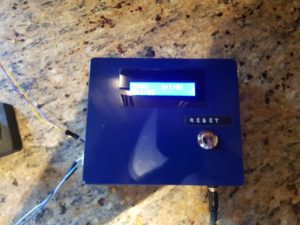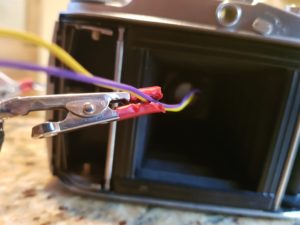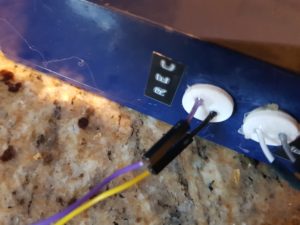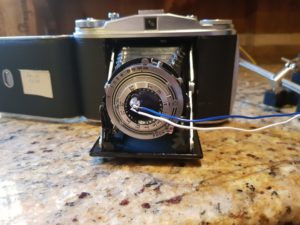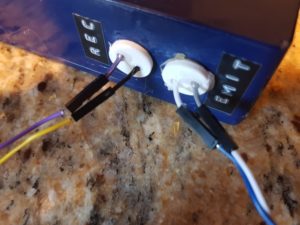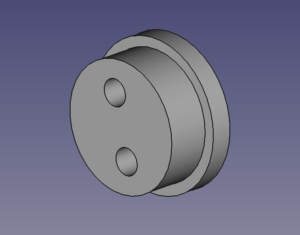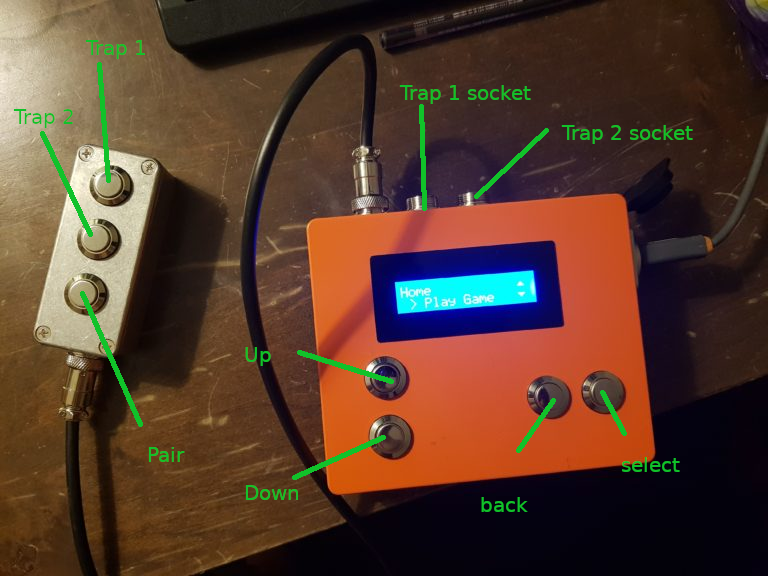For the past few weeks I’ve considered purchasing a milling machine. These seem to be the best tool for modifying off the shelf enclosures in a non mass produced way. The primary reason for this is that they offer precision and allow for boring into metals and plastics in a variety of different ways.
They are relatively expensive tools for a hobby workshop, a typical pillar drill may cost around £100 (mine cost £120 and when matched up with a steppper drill bit it’s perfect for drilling button holes) but at a minimum a capable desktop milling machine is £800 which seemed quite surprising as my understanding of them is that they are essentially pillar drills with special drill bits and an adjustable base.
However, I’ve come to understand they are far heavier and sturdier machines. This is because a milling machine is required to apply pressure perpendicular to the drill rather than vertically is much more strenuous while at the same time maintain precision.I’m sure there is more to it than that and please feel free to comment and let me know.
I’ve bit the bullet and gone for the Draper variable speed mini mill as it should fit the purpose of cutting accurate shapes into enclosures for rectangular instruments such as lcd’s ad switches. and I look forward to putting it to the test. It should be here by mid April and at that point I’ll give the machine a try write up a review on here. I’m looking forward to it as it’s going to be quite an upgrade from a handheld Dremel!
